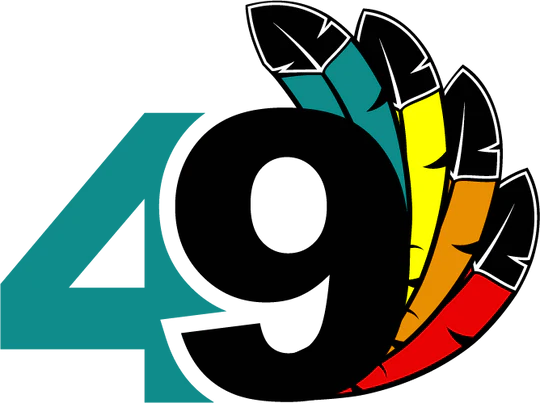In the world of Indigenous business ownership, there's an unspoken expectation that lurks beneath every customer interaction: the belief that "authentic" Indigenous businesses must make everything from scratch. As both a status-owned Indigenous business owner and an autistic entrepreneur, I've found myself repeatedly confronting this misconception, often in ways that challenge both traditional business norms and neurotypical communication expectations.
The Manufacturing Myth and the Commitment to Fair Pricing
Society has created and perpetuated an idea that any Indigenous business selling products must manufacture everything in-house, from raw materials to finished product. This expectation doesn't extend to non-Indigenous businesses, who are free to participate in normal supply chain relationships without question. When we offer our designs on shoes, for instance, customers have expressed disappointment or even anger upon learning that we use manufacturers rather than crafting each shoe by hand.
The reality? Manufacturing a single type of shoe requires machinery costing hundreds of thousands of dollars, highly specialized workers to operate that machinery, ongoing maintenance costs, and significant operational overhead. This isn't a sustainable business model for most small businesses, Indigenous or not. We are, fundamentally, a design business - not a manufacturing operation.
At the core of our business decisions is a deep commitment to keeping our prices fair and accessible. Making everything by hand would likely quadruple our prices, making our products unaffordable for many people who want to support Indigenous design and representation. We refuse to price our community out of accessing our work. By partnering with established manufacturers, we can offer our designs at reasonable prices while maintaining quality and ensuring fair compensation for our creative work.
Even if we could somehow acquire the necessary equipment, the costs would be staggering. Beyond the equipment costs, we'd face the immense challenge of finding and training skilled workers capable of operating specialized machinery or performing detailed handwork. These additional expenses would all ultimately be passed on to our customers - something we actively choose to avoid by working within existing supply chains.
When Directness Meets Misconception
As an autistic business owner, I communicate directly and honestly about these realities. Recently, when explaining to a customer why we don't manufacture everything in-house, I stated: "We do not manufacture a lot of what we make, but we do have a handmade section for items that we do make in-house. The reason we do not manufacture many of our items is the same reason other non-Indigenous businesses also don't. It isn't practical, and we did not create the trade relationships and supply economy that we are now forced to participate in if we choose to take part in being an Indigenous design business that values representation at its core. We must decide if we are to be excluded to hold true to a value and circumstances that we didn't subscribe to."
The customer's response? That this wasn't how a customer should be talked to. But what was presented as "poor customer service" was simply an honest explanation of business realities and historical context.
The Double Bind
This creates a challenging situation for Indigenous business owners, particularly those who are neurodivergent. We face pressure to conform to stereotypical expectations of Indigenous businesses while also adhering to neurotypical communication standards. When we directly address misconceptions, our straightforward communication is often labeled as inappropriate. Yet if we don't address these misconceptions, we allow harmful stereotypes about Indigenous businesses to persist.
Moving Forward
The solution isn't to force Indigenous businesses to operate within narrow, stereotypical constraints, nor is it to require neurodivergent business owners to mask their communication styles. Instead, we need to broaden society's understanding of what Indigenous businesses can be and how business communication can look.
Indigenous businesses deserve the same freedom as any other to focus on their core competencies, whether that's design, manufacturing, or any other business model. We can honor our heritage and create authentic Indigenous businesses while utilizing modern supply chains and speaking truthfully about our operations.
Being both Indigenous and autistic in the business world means navigating these expectations daily. It means choosing between maintaining authenticity in both identity and communication style, or conforming to others' expectations of both. For me, the choice is clear: I choose authenticity, even when it makes others uncomfortable. Because growth - both in business and in society - often begins with discomfort.


Leave a comment
This site is protected by hCaptcha and the hCaptcha Privacy Policy and Terms of Service apply.